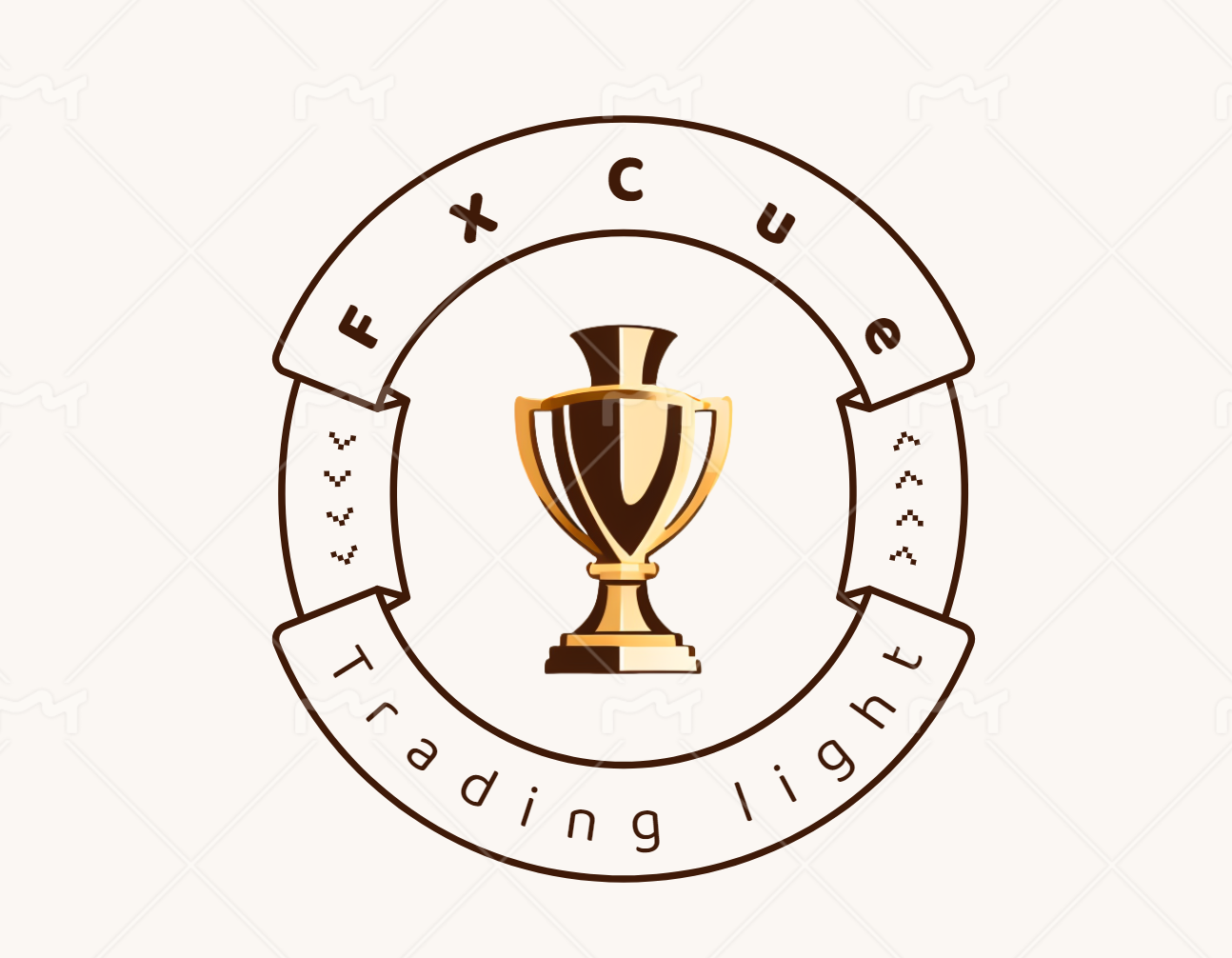The World Gold Council reports that a large amount of funds are flowing into gold worldwide
The latest research from the World Gold Council (WGC) shows that concerns about slowing US economic growth and rising inflation are intensifying, ultimately prompting investors to stop watching and instead buy gold in a meaningful way.
Despite strong capital inflows into gold ETFs in the gold market since the beginning of the year, WGC's cash flow data for the month of March shows a general increase in all major regions.
The report shows that North American listed funds account for 61% of total inflows, the European market accounts for around 22% of demand, and the Asian market accounts for 16% of global inflows.
European demand has always been a missing piece, and its performance in the gold market in the past few months has been inferior to other regions. However, WGC points out that these funds are starting to catch up.
The analyst stated in the report, "The inflow of $4.6 billion into Europe in the first quarter was outstanding, making it the strongest quarter since the first quarter of 2020
Last month, a total of 92 tons of gold worth $8.6 billion flowed into global ETFs. At the same time, 226 tons of gold worth $21 billion flowed into ETFs in the first quarter, which is the second highest quarterly level in US dollars, second only to the second quarter of 2020.
From a regional perspective, the gold holdings of North American ETFs increased by 67.4 tons last month. Analysts say that demand continues to be driven by conventional factors, including strong momentum, coupled with economic turmoil and geopolitical uncertainty.
Analysts said, "In addition, due to concerns about economic growth and market liquidity under quantitative tightening policies, the stock market has experienced a pullback, further driving up investors' demand for safe haven assets
At the same time, funds listed in Europe received an inflow of 13.7 tons of gold. The report states that gold holdings in the UK, Switzerland, and Germany have all increased.
Analysts said: "Although the Bank of England did not adjust its benchmark interest rate at its meeting in March, the uncertain growth prospects were further affected by the US tariff concerns, weak stock market performance and soaring gold prices, which pushed up UK demand. Similarly, although the yield of 10-year German treasury bond jumped at the beginning of March driven by Germany's large-scale spending plan, European investors continued to include gold ETFs in their portfolios, because the ECB's interest rate cut in March encouraged further easing expectations, and the US tariff risk shrouded the growth prospects."
Finally, the Asian fund received 9.5 tons of funds last month.
Analysts said, "East Asia dominated demand in March, possibly driven by a surge in gold prices and a sharp rise in global trade policy risks
Despite the unsustainable risks associated with the rise in gold prices, the WGC stated that the market has solid momentum to support it.
The magnitude and speed of the rise in gold prices are in contrast to previous peaks, "the analyst said in the report." Although the gold market naturally faces headwinds in this environment, our analysis also indicates that the current macroeconomic situation is vastly different from the period when the gold market reached its previous highs
They added, "Given the current extreme policy uncertainty, investors are willing to hold rather than sell, which may generate real momentum. By historical standards, the current uptrend is not particularly large or long-lasting. Compared to the peaks in 2011 and 2020, the current uptrend highlights that fundamentals appear relatively more stable
Tips:This page came from Internet, which is not standing for FXCUE opinions of this website.
Statement:Contact us if the content violates the law or your rights
